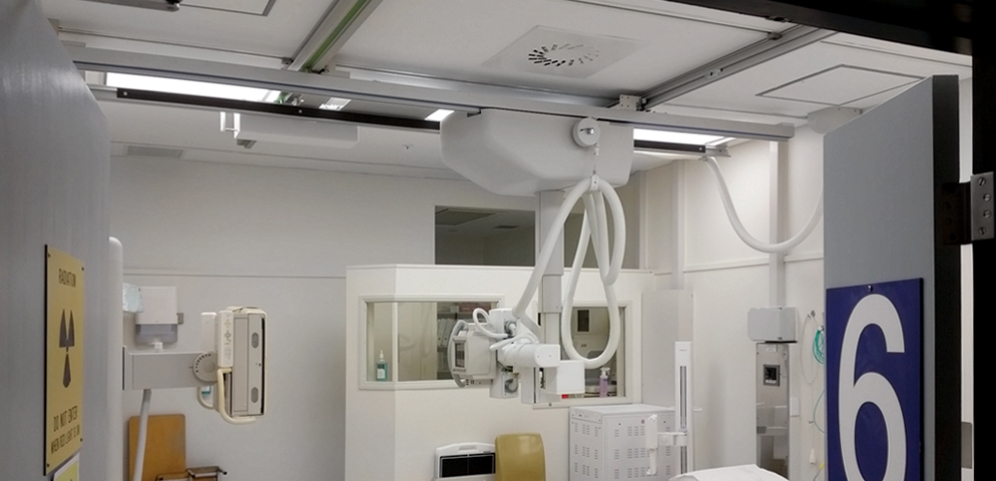Iris' Dwelling on the Net
페이지 정보
작성자 Martin 댓글 0건 조회 0회 작성일 25-10-02 14:57본문
Ahhhhh, Youtube. That wonderful place on the web, filled with hundreds and hundreds and hundreds of thousands and tens of millions of videos. That lovely dumpster of tutorials and helpful information blended with strange movie summaries narrated with TTS, AI generated kids movies, compilations of people hurting themselves, and so so so so so so many response movies. Web was textual content. Hyperlinked textual content. Fan-made pages about essentially the most random stuff. We was site owners, do you remember? This is not only one other trip down nolstalgia lane. There’s a purpose I’m thinking about Youtube right now: We actually have the identical stuff in there that we used to have on text. And I’m petrified of that. And don’t get me mistaken. Videos may be one thing amazing. Videos require rather more knowledge and sources to file and edit. Movies exaggerate biases. We merely don’t pay attention the identical option to someone uglier or dirtier. Videos are less accesible.
Videos waste super amounts of bandwidth and storage. Movies have change into unnecessarily long, and crammed with ads. Movies are usually not searchable or simply archivable. Movies are, currently, nearly completely hosted on closed social media, like Youtube or TikTok. It’s a really good and entertaining video, and you’ll in all probability study something from it. I’m going to repeat here the transcript of a Youtube video. I want to extract a summary of this video, written as a regular weblog put up. Within the quest for energy-environment friendly lighting options, manufacturers have often had to sort out challenges related to conventional technologies. One intriguing example of innovation comes from Common Electric (GE), which introduced a singular hybrid mild bulb combining each compact fluorescent lamp (CFL) and incandescent applied sciences. The bulb, marketed as "bright from the start," aimed to handle the gradual warm-up time of traditional CFLs by incorporating an incandescent bulb within the CFL structure. This hybrid design allowed for fast brightness, overcoming a major disadvantage of early CFL expertise.
Earlier than the widespread adoption of LED bulbs, CFLs have been hailed for their power efficiency however criticized for their gradual start-up instances and unattractive appearance, particularly in decorative fixtures. Engineers experimented with varied strategies to conceal or modify the looks of CFLs, including integrating them into completely different bulb shapes and using reflectors to imitate directional lighting. However, enclosing CFL tubes in decorative fixtures posed challenges, as the sealed atmosphere induced the tubes to run hotter, affecting their efficiency. Manufacturers devised EcoLight solutions such as using mercury amalgams to regulate vapor stress and incorporating temperature compensation mechanisms. GE’s hybrid light bulb exemplifies one such answer, seamlessly mixing the instant brightness of incandescent bulbs with the efficiency of CFLs. The bulb accommodates a halogen capsule alongside the CFL tube, offering immediate illumination upon startup, before transitioning to full CFL brightness as soon as warmed up. Whereas GE’s hybrid bulb successfully addressed the slow startup issue, it also highlighted some limitations. For example, in chilly climates, the bulb’s efficiency could be compromised as a result of temperature-sensitive halogen capsule.
Despite its drawbacks, the hybrid bulb represented an innovative strategy to bridging the gap between conventional and energy-environment friendly lighting applied sciences. Nonetheless, with the appearance of affordable LED bulbs, the need for such hybrid solutions has diminished. The evolution of lighting technologies showcases the continued quest for improvement, EcoLight usually via progressive combos of outdated and new technologies. While options like GE’s hybrid bulb might have been temporary fixes, they display the creative drawback-fixing spirit driving advancements in energy-environment friendly lighting. It’s not perfect. And it’s completely not as entertaining as watching him converse. But when you wanted to "learn" a bit, it’s as environment friendly because it will get. The original video is 27 minutes long, and according to the transcript, 4518 words are spoken. With an average reading speed of 220 wpm, in that point 5940 words could possibly be learn. That 31% more. And you could possibly skip traces or jump between paragraphs easily, further rising your velocity. My largest concern with video is that this: leisure and knowledge are fully fused together.


